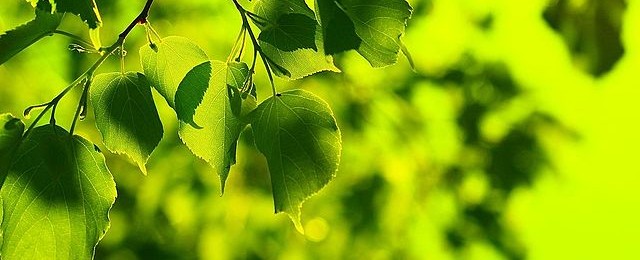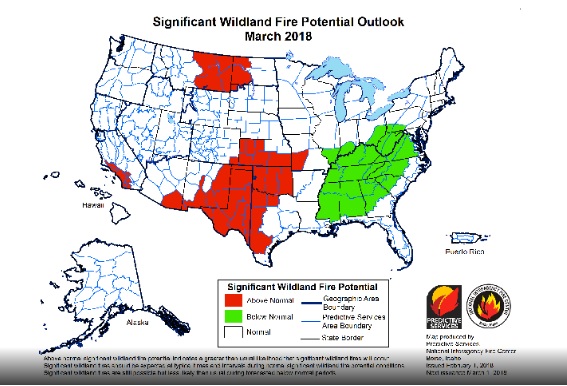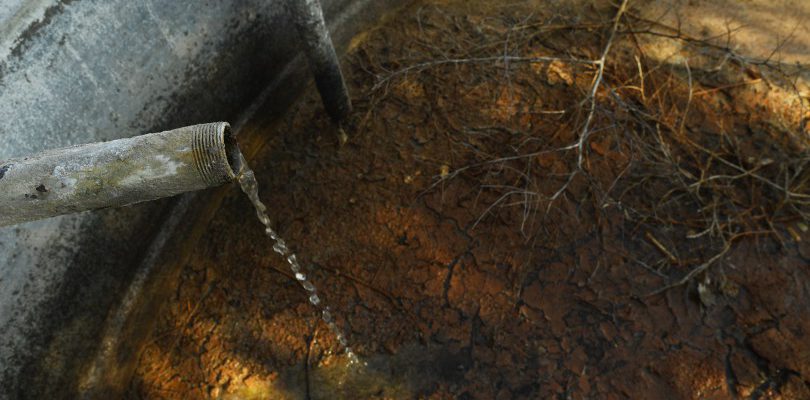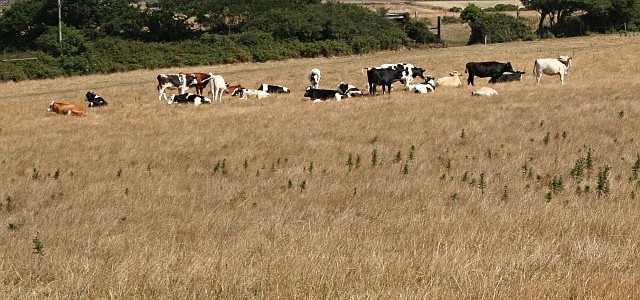Climate and Ag in the news
-

If you’ve ever wondered about how archaeologists figure out how old a bone or other piece of ancient material is, you will be interested in this description of radiocarbon dating from EarthSky. Atmospheric chemists use the same principles to determine that most of the carbon dioxide in the atmosphere is not from recent burning but…
-

Since I worked for the National Weather Service a number of years ago on precipitation studies for dams, I’ve been fascinated at how they operate and (sometimes) how they fail. This article from The Advocate describes the Old River Project on the Mississippi River, which is designed to help prevent the Mississippi River from changing…
-

The recent rains in the Southeast have put a dent in the wildfire probabilities for this spring, according to an article by The Weather Channel, based on information from the National Interagency Fire Center. Potential for wildfires in most of the Southeast is projected to be lower than normal for February and March. After that…
-

The recent expansion of drought across parts of the US has caused livestock producers some concern that we are going back into a period similar to 2011 and 2012, where large extents of drought in the central US forced many livestock producers to liquidate their herds. This is discussed in this recent video and article…
-

The last two years have been very bad for whiteflies in the Southeast. This is due in part to the very mild winters that we have had, which allowed the flies to overwinter easily in crop remains that were left in the fields as well as in native species and winter crops. This year has…
-

AgWeb ran a short article last week describing the drought across the United States, which has expanded in recent weeks, including an expansion in the Southeast. Fortunately for us, the rain this weekend helped put a dent in dry conditions and that may result in some decrease of drought in our region on the next…
-

Right now we are in the middle of the second winter of a “double-dip” La Niña. That means that for two winters in a row we have been in La Niña, with neutral conditions in between but no El Niño. This is not that unusual, and we have had several since the 1950s when modern…